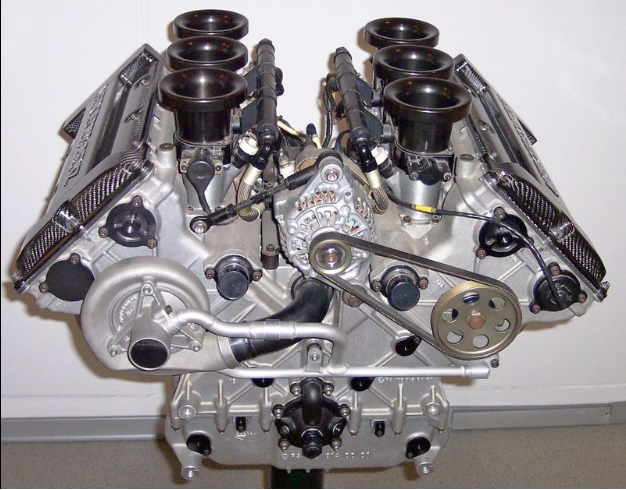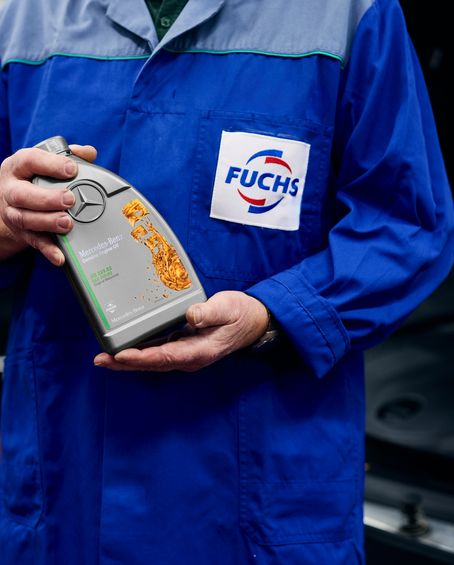Lethal Engine Contaminants
Lethal Engine Contaminants
An engine or motor is a machine designed to convert one form of energy into mechanical energy. Heat engines, like the internal combustion engine, burn a fuel to create heat which is then used to do work.
Contamination in fuel systems can mean trouble for an aircraft and engine. Damage caused by contaminated fuel can range from corrosion in the fuel cells and fuel system components, clogging of fuel filters, failure of instrumentation, or even blocking the fuel supply to the engine.
Glycol
Glycol enters diesel engine motor oils as a result of defective seals, blown head gaskets, cracked cylinder heads, corrosion damage and cavitation. One study found glycol in 8.6 percent of 100,000 diesel engine samples tested. The following are some of the risks associated with glycol contamination:
Just 0.4 percent coolant containing glycol in diesel engine oil is enough to coagulate soot and cause a dump-out condition leading to sludge, deposits, oil flow restrictions and filter blockage. According to one study, glycol contamination results in wear rates 10 times greater than water contamination alone. Glycol contamination substantially increases oil viscosity which impairs lubrication and oil cooling.
Fuel Dilution
Frequent starts of an engine, excessive idling and cold running conditions can lead to moderate fuel dilution problems. Severe dilution (excess of two percent) is associated with leakage, fuel injector problems and impaired combustion efficiency.
These are symptomatic of serious conditions that cannot be corrected by an oil change. Problems associated with fuel dilution include: Diesel fuel dilution in cold operating conditions can cause waxing. During start up, this can result in low oil pressure and starvation conditions. Fuel dilution can drop the viscosity of a motor oil from say, a 15W40 to a 5W20. This collapses critical oil film thicknesses, resulting in premature combustion zone wear (piston, rings and liner) and crankcase bearing wear. Fuel dilution from defective injectors commonly causes wash-down of oil on cylinder liners which accelerates ring, piston and cylinder wear. It also causes high blow-by conditions and increased oil consumption (reverse blow-by). Severe fuel dilution dilutes the concentration of oil additives and hence, diluting their effectiveness.
Soot
Soot is a by-product of combustion and exists in all in-service diesel engine motor oils. While the presence of soot is normal and expected for a given number of miles or hours of service on an engine oil.
Following are some issues related to soot contamination: Combustion efficiency is directly related to the soot generation rate. Poor ignition timing, restricted air filter and excessive ring clearance cause high soot load. Combustion problems are not solved by an oil change. Viscosity increases with soot load and, high viscosity corresponds to cold-start problems and risk of oil starvation. Soot and sludge in engines deposit or separate from the oil in the following areas, all presenting risks to engine reliability including rocker boxes, valve covers, oil pans and head deck. Deposits on engine surfaces interfere with combustion efficiency and fuel/oil economy. Soot polishes off protective antiwear soap films in boundary zones such as cam and cam-follower zones. Carbon jacking from the buildup of soot and sludge behind piston rings in grooves can cause rapid wear of rings and cylinder walls. This can cause broken or severely damaged rings during cold-start conditions.
Water
Water is one of the most destructive contaminants in most all lubricants. It attacks additives, induces base oil oxidation and interferes with oil film production. Low levels of water contamination are normal in engine oils. High levels of water ingression merit attention and are rarely correctable by performing an oil change. The following are some additional notes on water contamination:
Long idling in wintertime causes water condensation in crankcase, which leads to loss of base number and corrosive attack on surfaces, oxidation of the oil, etc. Emulsified water can mop up dead additives, soot, oxidation products and sludge. When mobilized by flowing oil, these globular pools of sludge can knock out filters and restrict oil flow to bearings, pistons and the valve deck. Water sharply increases the corrosive potential of common acids found in motor oil.



